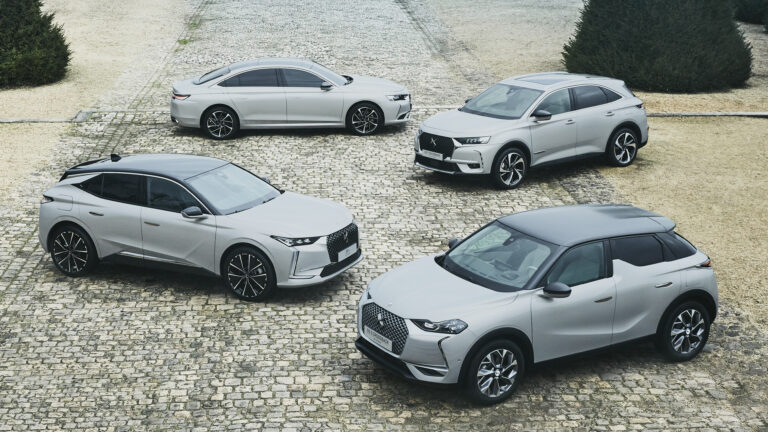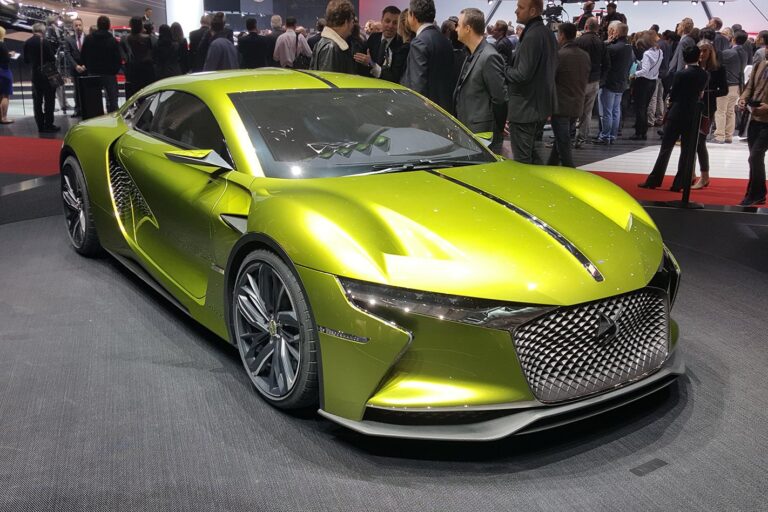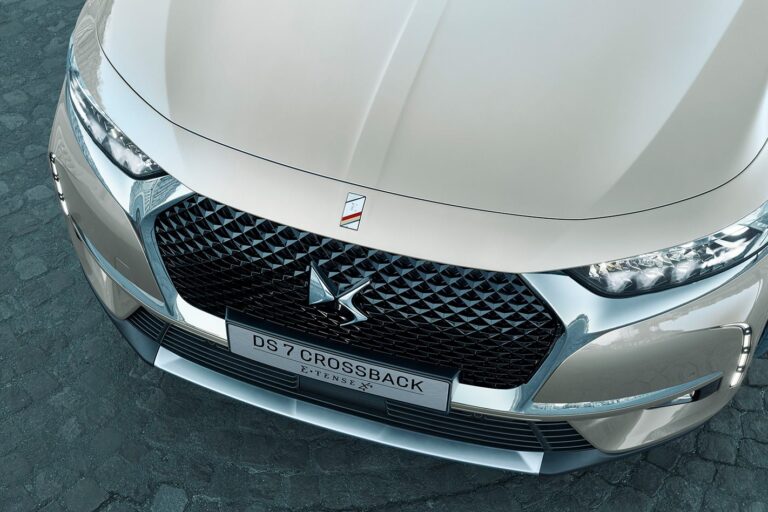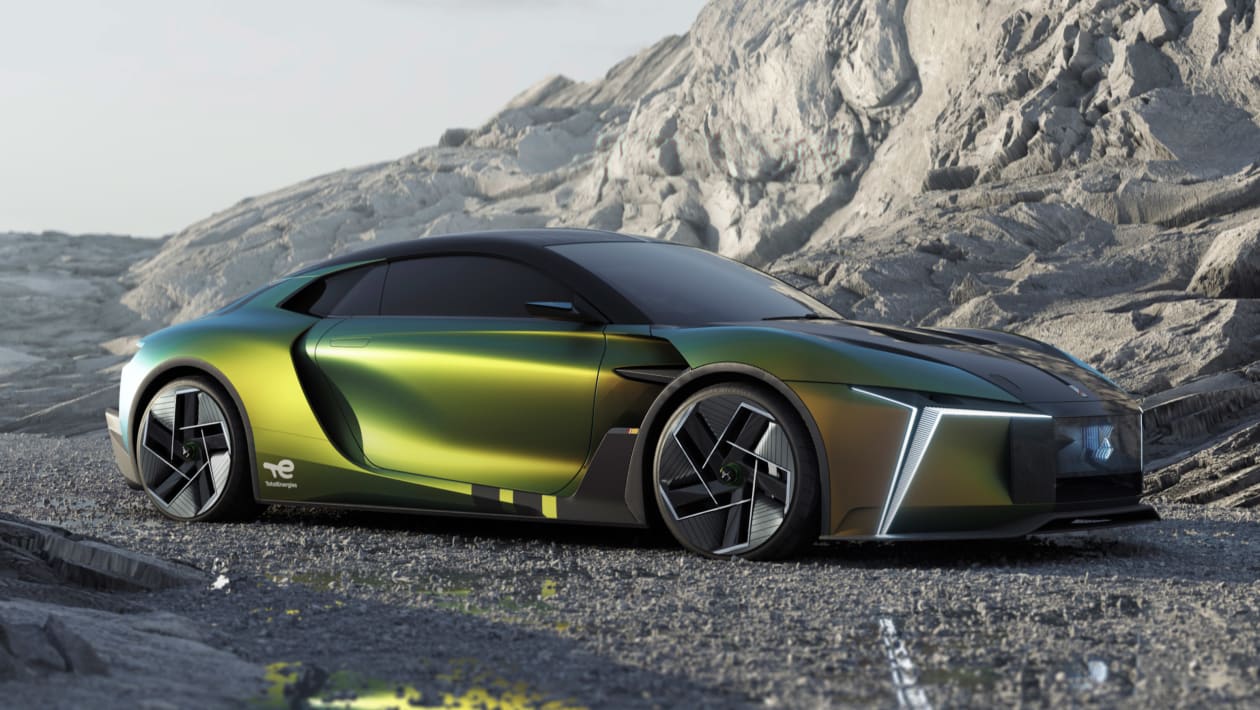DS, the luxury arm of Citroen, has shown how learnings and technology from its six years in Formula E can be developed into road car applications.
A facelift of the concept first shown off at the 2016 Geneva Motor Show – albeit with far lower power expectations – the E-Tense Performance is an electric coupe produced with a lightweight carbon fibre body and chassis, and a powerful twin-electric motor setup for all-wheel drive.
DS claims output reaches almost 600kW and a huge 8000Nm (not a typo) of torque which would give the car a sub-three second 0-100km/h sprint if it can get it to the ground.
However, it is also the other electric architecture which is even more interesting.

No driving range has been given but DS says the E-Tense Performance uses clever battery technology for compact packaging and impressive regeneration, allowing extended driving.
The battery sits in a carbon-aluminum housing with what DS calls ‘innovative’ battery chemistry. The regeneration system which produces energy while the car is slowing down can regenerate at a high capacity of 600kW, effectively reversing the motor’s output.
Although shown in renderings for now, DS will produce a prototype vehicle and its Formula E team drivers Jean Eric Vergne and Antonio Felix da Costa will pilot the car on its first runs. Beyond that, DS says the technology has road car applications too.

“It is a laboratory that we will use to analyse the behaviour of components and to develop them with a view to future manufacturing,” said DS Performance director Thomas Chevaucher.
“The idea is also to find solutions to lower costs, make them easier to manufacture and explore implementations in production models. The next generations of the E-Tense range will benefit from these developments.”
DS hasn’t said if a production coupe will spawn from the E-Tense Performance but confirmed that the front-end design is the direction for the brand’s next-generation of all-electric cars.
The front grille in particular is an interesting design, using a digital surface and flanked by LED daytime running lights made up of 800 individual LED units.
Some features are more typical of a concept car however, such as the replacement of the headlights with a camera system for data collection and ‘beetle-effect’ pearlescent paint that shifts colour.
We recommend
-
 News
NewsFrench manufacturer DS to go electric-only from 2024
Luxury brand set to go all-electric
-
 Events
Events2016 Geneva Motor Show: DS E-Tense would be $400K Tesla killer
Formula E derived electric drivetrain supplies 360km range
-
 News
NewsAustralia to miss out on Citroen’s DS French luxury brand
DS, Citroen’s high-tech premium offshoot, will not be coming to Australia any time soon, says importer.





